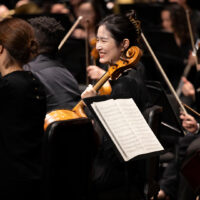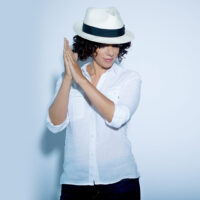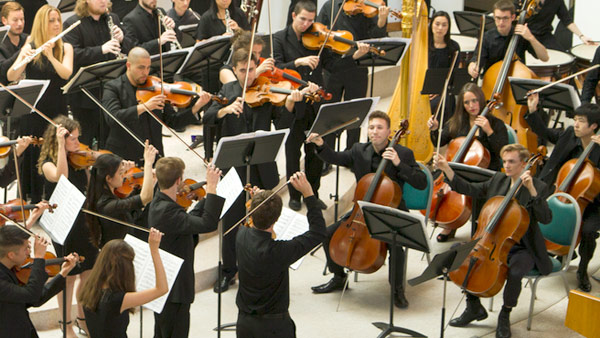
Turning Artists Into Leaders
By Gabriel Bradley & Julia Poe
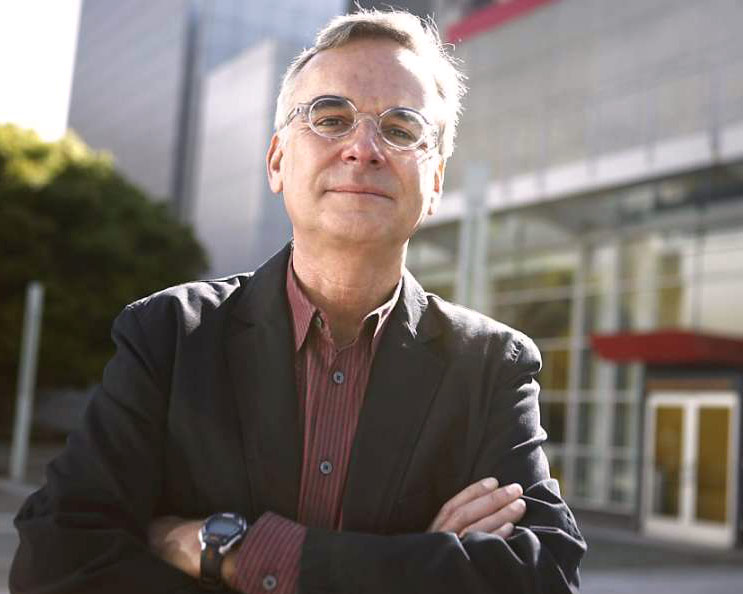
Arts Leadership program director, Ken Foster. (Photo courtesy the San Francisco Chronicle)
It has been three years since USC Thornton launched its innovative Arts Leadership program. In that time, the program has prepared dozens of artists, arts administrators, and arts educators to take leadership roles in their communities. Graduates of the program have gone on to create their own ensembles, festivals, and education programs.
We sat down with Ken Foster, director of the Arts Leadership program, to talk about the successes the program has seen so far, and what he looks forward to seeing from his students.
Q. What is the Arts Leadership program?
It’s a multi-disciplinary graduate program for people who aspire to be leaders in the arts, whether that’s music, dance, theater, visual arts or multimedia. Certainly it’s a program for artists, but it’s also for arts administrators, educators and cultural entrepreneurs who want to make an impact in the art world.
Q. What is the goal of the program?
We want to help our students expand their personal vision and develop the ability to create a life and a career for themselves in the nonprofit arts.
The art world is in a state of upheaval. It used to be that if you wanted to learn about arts administration you would focus on practical skills like marketing, fundraising and strategic planning. But to be a leader in the art world that is emerging in the 21st century requires more than just those practical skills. Technology and economics are driving big changes in the way art is created and consumed. New opportunities are emerging all the time, but so are new challenges. To be a leader in that rapidly changing environment, you have to have a really strong sense of yourself and a really dynamic vision for the future. We help students discover that in themselves, and then we support them as they begin to translate their vision into real projects.
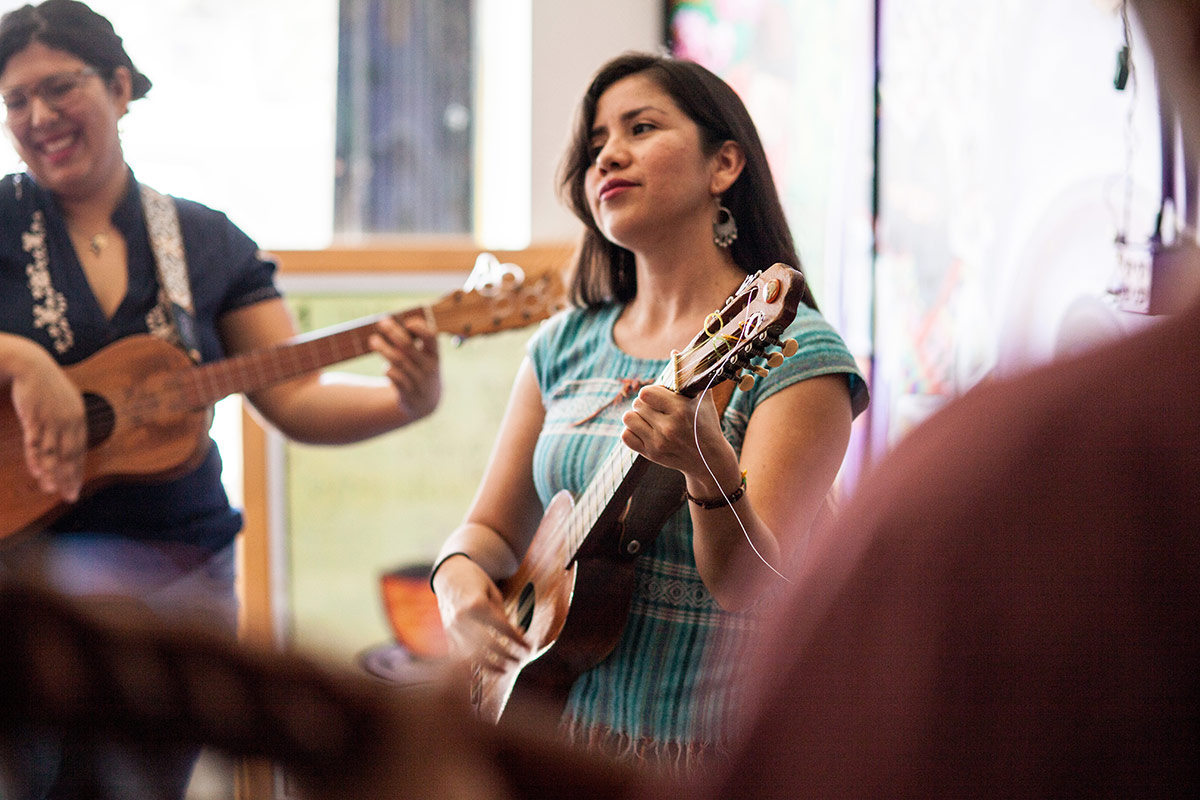
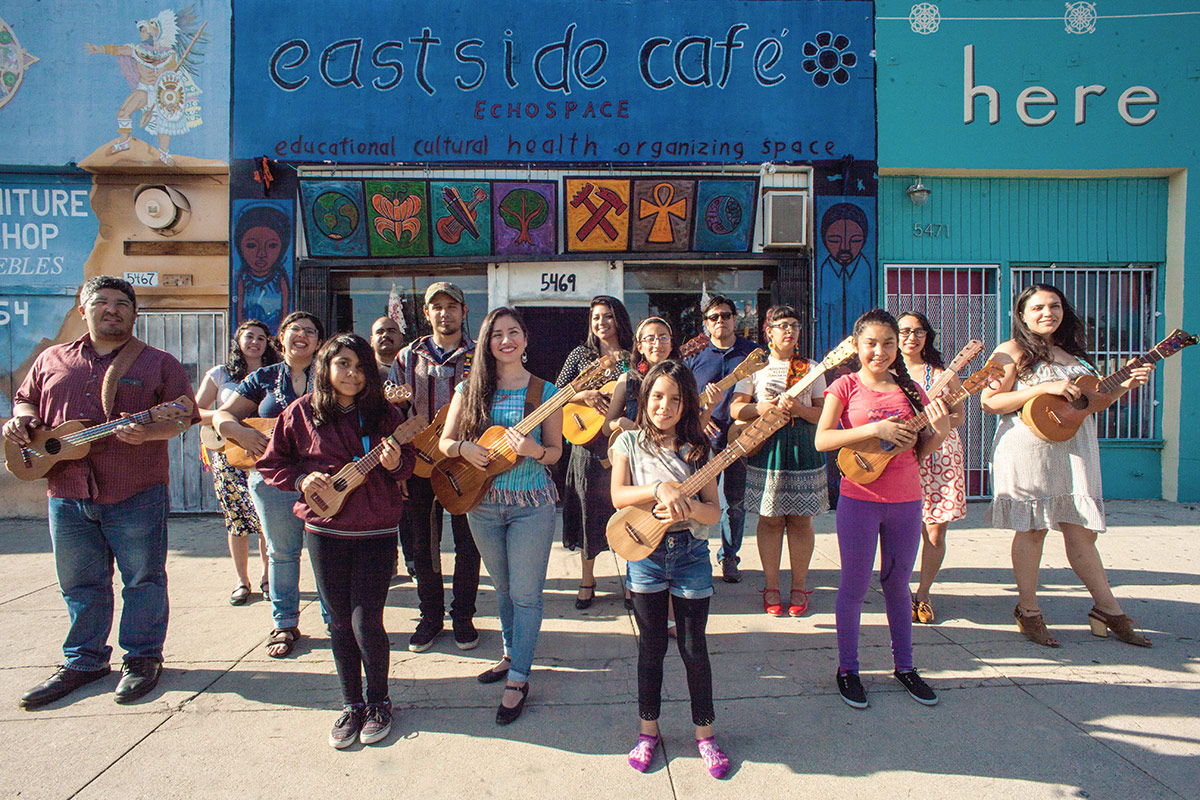
Graduate Angela Flores (top, center) made community-building central to her Arts Leadership studies through her Eastside Café project. (Photos/Michael Becerra/Elefante Collective)
Q. How does the program work?
We offer a one-year program that leads to a graduate certificate from Thornton or a two-year program that leads to a Master of Public Administration degree from the USC Price School of Public Policy. It’s a multidisciplinary program. USC has five art schools, and they are all involved in this program.
Students take a mix of core classes and electives that run the gamut from The Music Industry to Financial Management of Nonprofit Organizations, and every student does a capstone project. They take what they’ve learned and translate it into real-life initiatives that have the potential to make a lasting impact in each student’s artistic community.
Q. Who picks the projects?
The students do. They come into class and pitch their dreams. Then the faculty and fellow students provide guidance on how to get started.
So let’s say a student wants to build this giant facility to showcase dance in Los Angeles and it’s going to have a multimedia component. What I do is help the student focus on the first step. We talk about it, and I’m asking questions and getting her to come up with questions until eventually the student has a clear proposal she can show to other people. Then she starts going around town trying to get people involved, and she discovers all these obstacles. So she comes back and says, “I took this to people and they said it’s not financially feasible.” Well what can you do about that? How can you get money? Do you want to rethink it?
We use a startup model that we borrowed from the tech world. The whole approach is, “I have this great idea of how I want to change the world, so let me start doing it.” I may think I know how to do it, but I’m going to learn things once I actually start doing it. And then I’m going to change my idea. I might completely change what I set out to do based on what I learned along the way. So it’s about innovation and flexibility, which is essential in the rapidly changing environment that we’re talking about.
Q. What kinds of projects have past students done?
Some really amazing and diverse projects have come out of this program. Angela Flores (GCRT ’16, arts leadership) did great work to revitalize the Eastside Café, which is a community space where people can come together for cultural events, music lessons and art exhibitions. Benjamin Mitchell (GCRT candidate, arts leadership) and Michael Kaufman (DMA ’14, MM ’12, cello) founded a group called the Kaleidoscope Chamber Orchestra. What’s really extraordinary about this group is it’s an orchestra that doesn’t have a conductor — that’s a huge departure from how classical music is normally prepared and presented. Michael also co-founded a music festival called Sunset ChamberFest, which spotlights new music by young composers.
One of our earliest students, Andrew Harrison (DMA ’15, saxophone), started a saxophone quartet that has gone through a couple iterations and is currently performing under the name TC4. Andrew flies out to Austin, Texas where his bandmates are, they do a tour, then he comes back to Los Angeles and works on his solo career. He’s super happy, and he’s making it work.
Benjamin Mitchell and Michael Kaufman founded the Kaleidoscope Chamber Orchestra, now beginning its third season. In this 2015 video, the conductorless ensemble performs Mahler’s Fourth Symphony in concert with soprano Janai Brugger.
Q. How did the Arts Leadership program start?
It is a multidisciplinary program, but it started at Thornton. As a world-class conservatory program, Thornton turns out amazing players. But it takes more than just being an incredible musician to make a life and a living in the 21st century. We wanted to equip our students with skills and experiences that go beyond mastery of their instruments. So we originally developed the Arts Leadership curriculum as a minor for our DMA students. We built it from there and partnered with other schools at USC so that now we offer a full degree program.
Q. What is the future of the Arts Leadership program?
I don’t set the agenda for the program — the students do. We help each student discover his or her own vision as a leader, and then they tell us what they want to accomplish. We are enablers for the change that the students want to create. Each student gets something different out of it. It’s a very individualized thing. So I don’t know what the future holds, but that’s the best part. Each year we get a new cadre of students, and each year they blow my mind with what they come up with.

